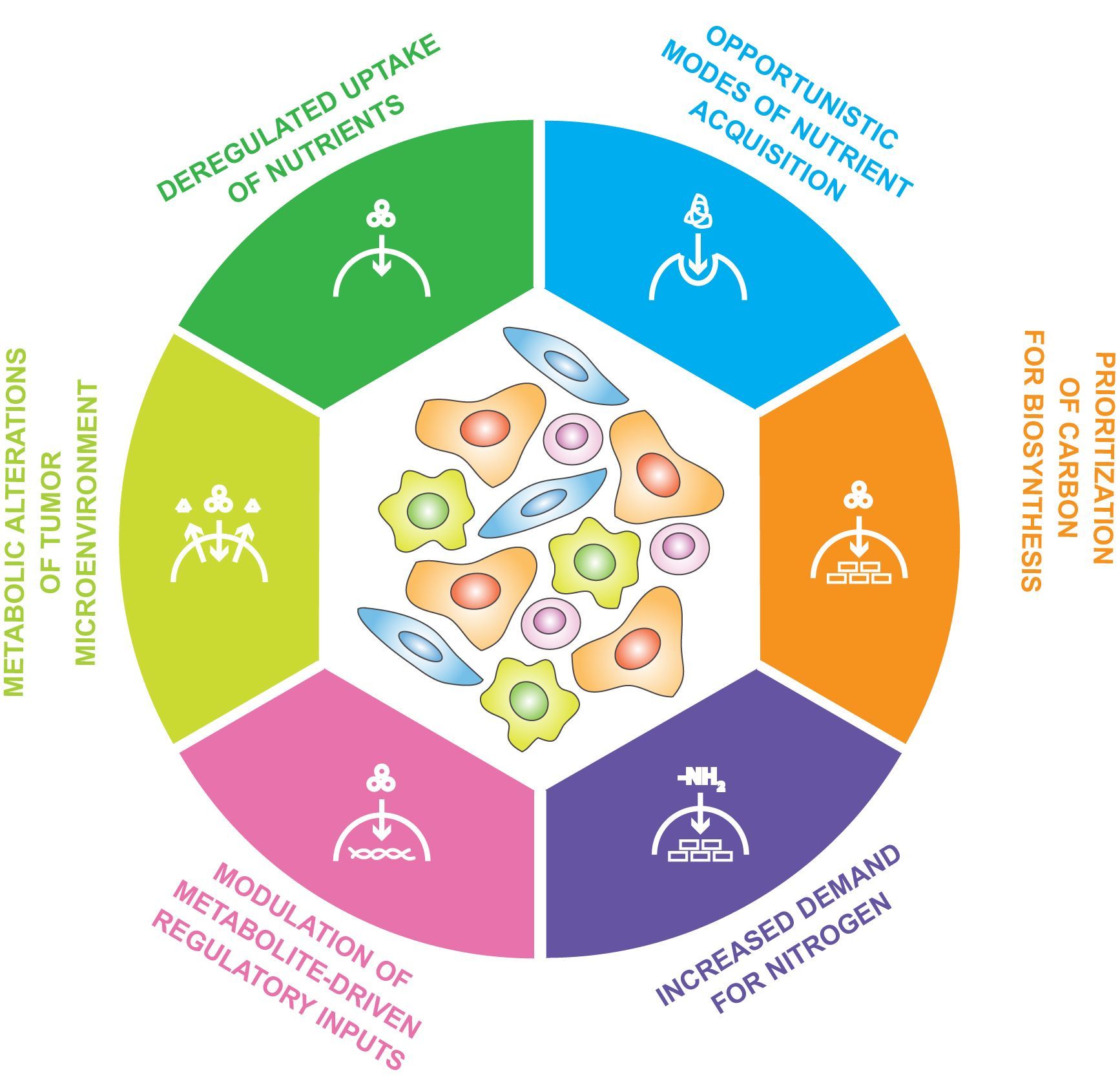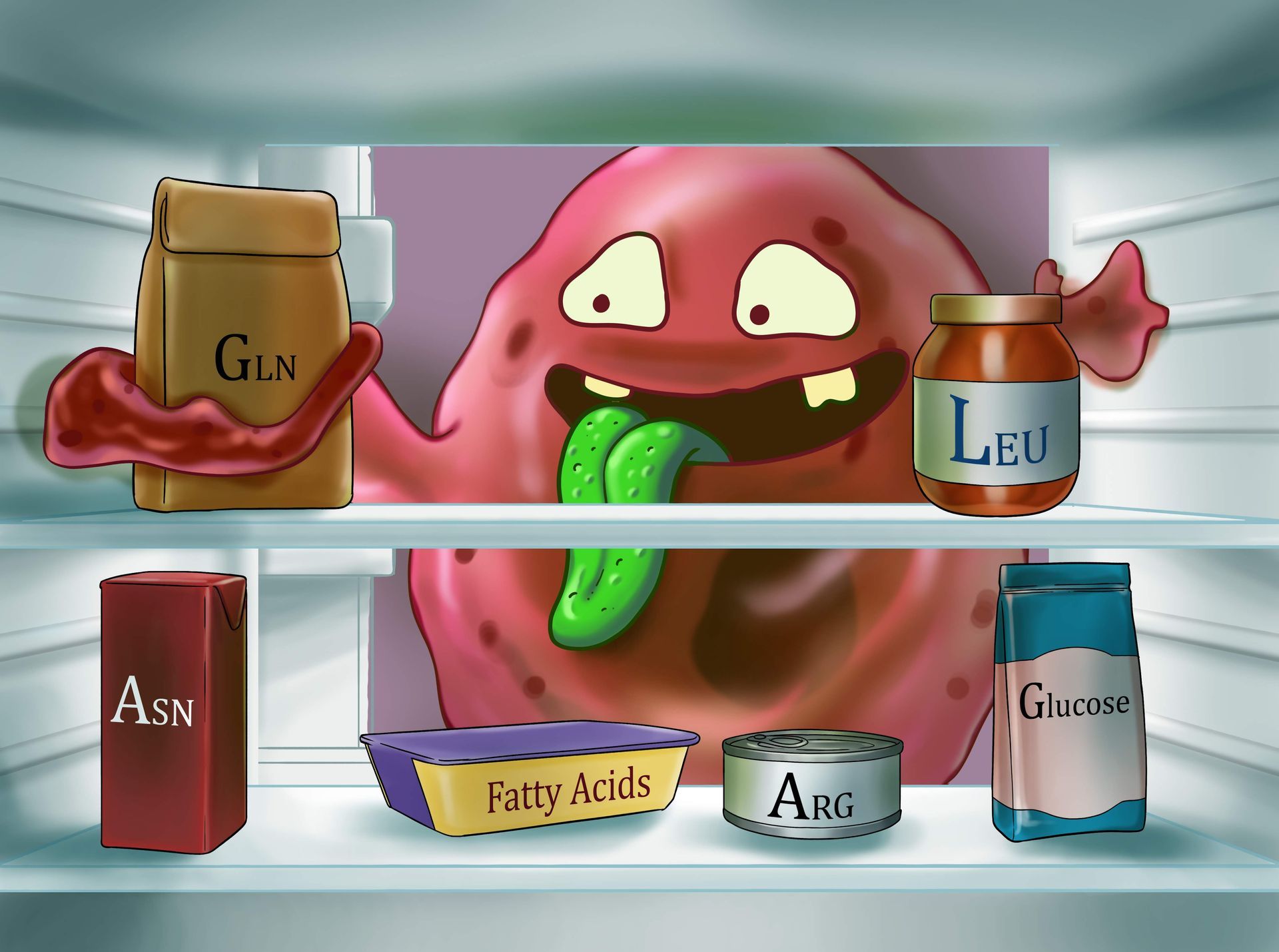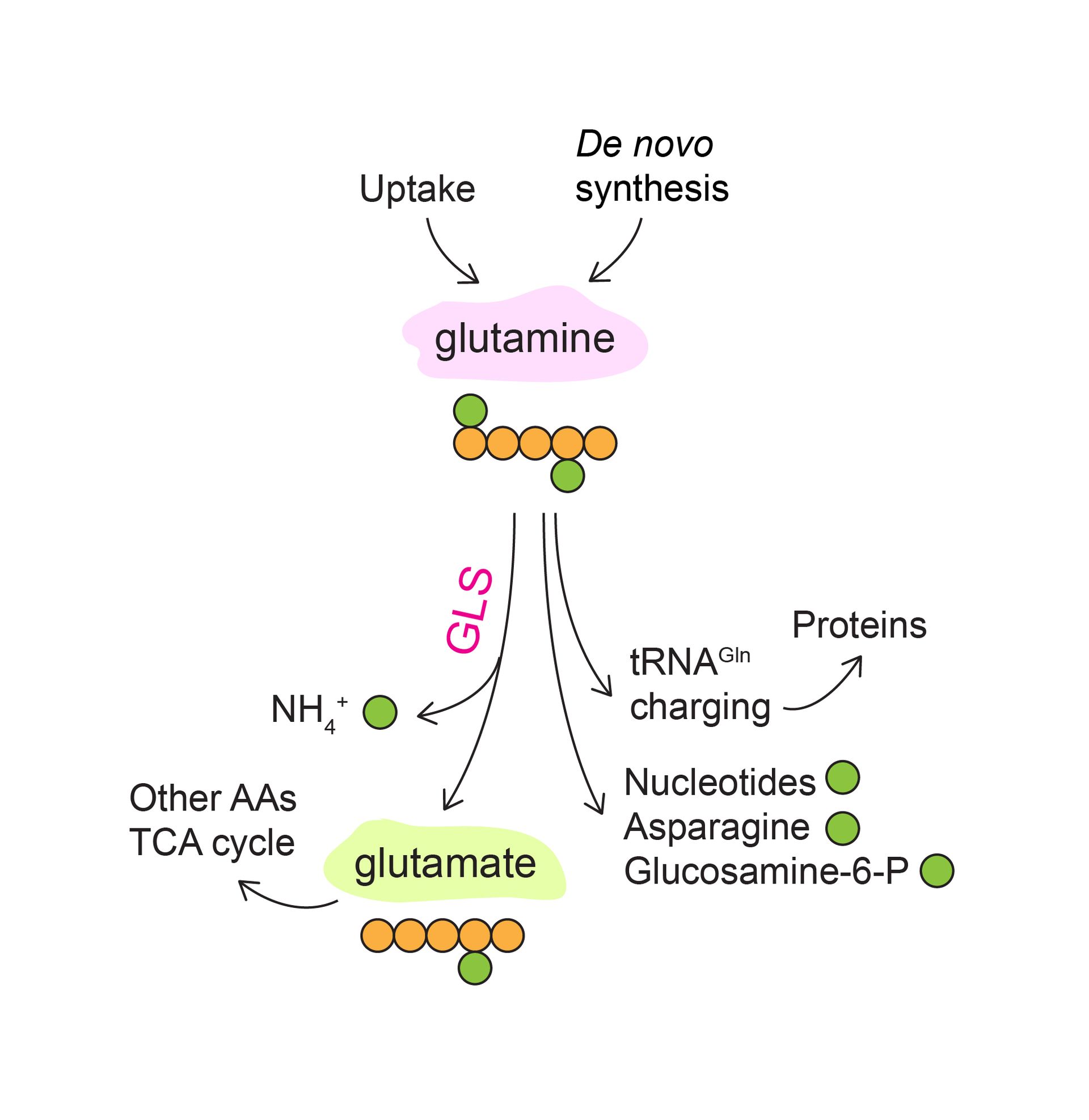Pavlova Lab at Huntsman Cancer Institute
and the University of Utah 🌄
Cancer Metabolism and Microenvironment
Proliferating cells use glutamine in excess of other amino acids to produce a variety of cellular components - proteins, nucleic acids, glycosyl chains to name a few. Because of their high biosynthetic burden and poor vascularization, solid tumors tend to have lower levels of glutamine in their microenvironment. Our goal is to understand how various cell types within the tumor microenvironment sense, adapt and respond to shortages of this critical nutrient.
Learn about our ongoing research
What determines whether cells can
produce their own glutamine when external supply is low?
What biochemical, positional and signaling requirements must be met in order to unlock the cells' ability to make glutamine de novo for themselves and their neighbors?
How do cells sense glutamine deficit and how do they incorporate this
information into decisions they make?
Some transcriptional regulators (and other proteins) contain long polyglutamine tracts within their primary sequence. Can these mysterious elements act as built-in sensors of glutamine supply to help cells tailor their decisions to nutrient availability?
How can we determine which cells within the tumor microenvironment are glutamine-deficient in vivo?
We are building and validating new tools for profiling amino acid depletion at a single-cell resolution within tumors and normal tissue contexts.
Alata
Alice
Open Sans
Noto Sans
Bebas Neue
Great Vibes
Rock Salt
Exo
Belgrano
Overlock
Cinzel
Indie Flower
Staatliches
Roboto Slab
Lato
Noto Serif
Open Sans
Montserrat
Ubuntu
Rubik
Delius
Amiri
Montserrat



